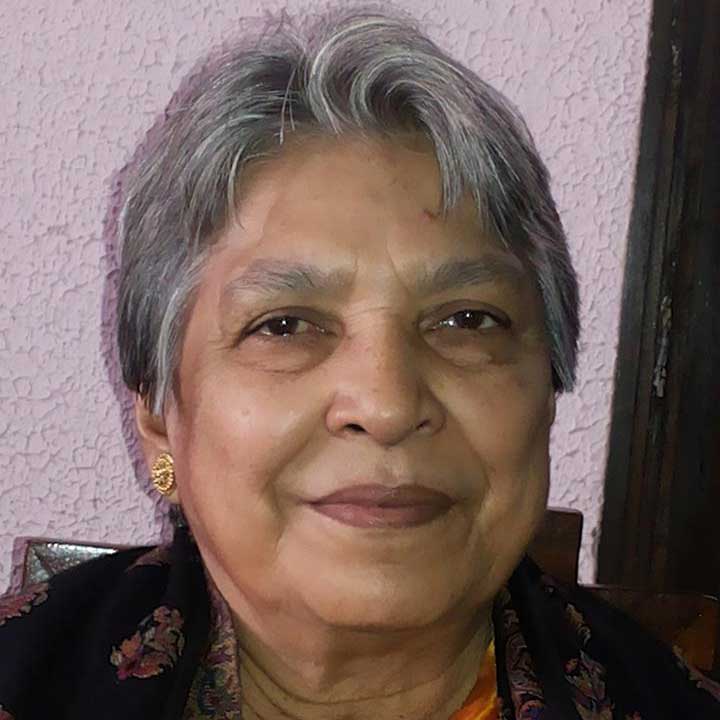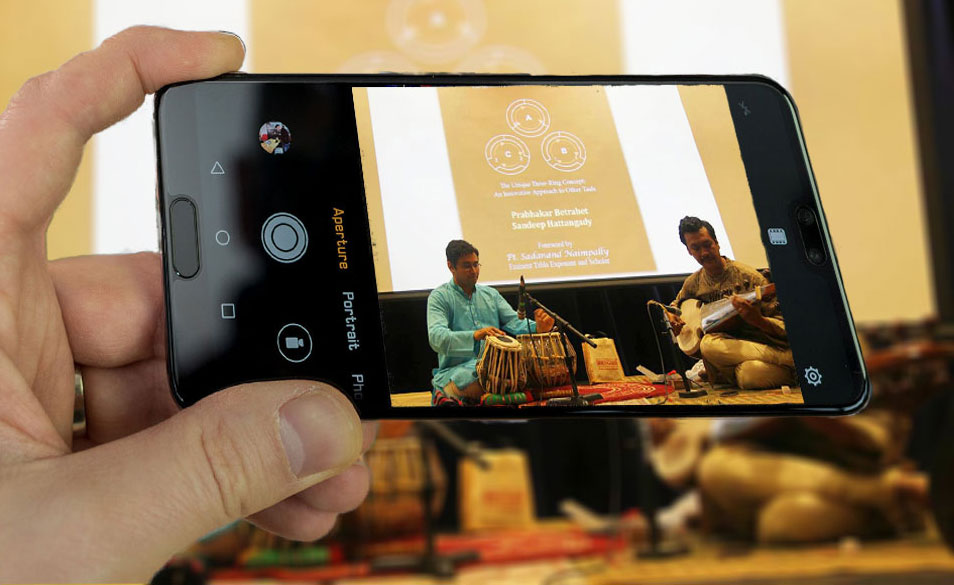Rabindranath ‘Thakur’ (anglicised to Tagore), was born on 7th May 1861. He was a poet, playwright, composer, novelist, artist and philosopher. He won the Nobel Prize for Literature in 1913. A visionary and a polymath who reshaped his region’s literature and music. He was also responsible for ushering in the modern age of dance when he introduced the learning and teaching of dance at Viswabharati in Santiniketan in the 1920s and 1930s. It was the time when there was a search for identity through the rich art traditions of the country that the imperialists had looked down upon. The efforts of Rabindranath Tagore threw open the flood gates of creativity. Apart from formulating and popularising Rabindra Sangeet, he tried to launch a dance idiom to express contemporary life and art.
Tagore imaginatively and aesthetically mingled the ragas of Indian classical music, Baul tunes, keertans and folk music to create what is known as Rabindra Sangeet. Similarly, it was his endeavour to create a dance form which would suit his nrityanatyas. He used various dance styles to suit the subject matter and the characters. Santiniketan did not propound a conservative attitude towards any dance style. The aim was to enable the various dance forms to interact to create a style capable of standing on its own.
Tagore was not a trained dancer, but he could understand its core, because of his love for aesthetic beauty and a feel for life. During rehearsals, he would not be satisfied till he could convey the correct emotion for the dancers to portray through aesthetic movements. Though he did not actually dance, he was able to lead the dance in a new direction. He believed that intense feelings could be best expressed through dance. Tagore’s dance-dramas capture the intense moments of life – the emotions are universal and eternal.
As an avid reader of Rabindranath Tagore I have read his work on socio-cultural themes. The themes, of his dance-dramas very naturally on socio-cultural themes. He was much ahead of his time.
The main objective of Rabindra nritya-natya is to express the emotions in the songs, which is why the dance movements so blend with the rhythm and lyrical beauty of the songs. The synchronisation of song and dance imparts a magical quality to Rabindra nritya-natya. With his creative touch, Tagore wove in traditional talas and body movements into his songs which gave them a different flavour and also made his dance-dramas unique. There are no spoken talas in between his songs -talas are well blended along with the lines of the song.
Tagore drew on different sources for his nritya-natyas. The story of Chitrangada was taken from the Mahabharata. He did not change the story but introduced a few changes in the presentation which made it all the more enjoyable. The story of Shyama and that of Chandalika, as mentioned by Tagore, were taken from the Buddhist literature of Nepal edited by Rajendralal Mitra. Chandalika is in prose interspersed with songs. Though Tagore has merely introduced a few tunes and rhythms and not resorted to any major changes, from start to finish the treatment of the play is different. The theme of all three plays is love, though it is different in each.
Manipuri was the dance form which was first taught at Santiniketan. It could be the reason why the nritya-natya Chitrangada was based on the Manipuri style. Flashes of Kathakali and folk dances of Bengal and other regions were introduced in the presentations. Later on, the dance styles of the South were also incorporated.
In the dance-drama Shyama, Tagore drew upon Kathakali, Manipuri, Kathak, and Bharatanatyam as well as Kandyian dance. In Chandalika the characters of Prakriti and her mother were conceptualized to facilitate the use of rhythm patterns and dramatic movements from Kathakali and Bharatanatyam. It is said that the climax in the last scene was originally thought of as a shadow dance by the character called Ananda, though it was never enacted as such in Santiniketan. Tagore was perhaps inspired by the shadow plays of Java, Bali and Kerala. However, what was portrayed was based on the European Impressionist style – adopting the use of dim light.
[adrotate group=”9″]
It is amazing to see that Tagore has given importance to classical and folk forms in his nritya-natyas. In three dance-dramas we find two distinct classifications of characters – aristocratic and the ordinary. These, in turn, were portrayed through the classical and the folk respectively. For example, the characters of Arjuna, Chitrangada, Madana, Vajrasena, Shyama, Prahari, Uttiya and the companions are rendered in classical styles, whereas the foresters and village folk perform in folk styles. In Chandalika the characters of Prakriti, mother and Ananda use sophisticated and stylised natya while the others resort to lokanritya or folk dances which too are presented with a lot of variety. Swords are used in the group dances performed by men. Dancing with weapons is prevalent in the north-eastern region.
There is a general notion that simply performing soft swaying movements is Rabindrik dance. This misconception must be removed as it does not do justice to the creativity of the versatile genius of Rabindranath Tagore.










